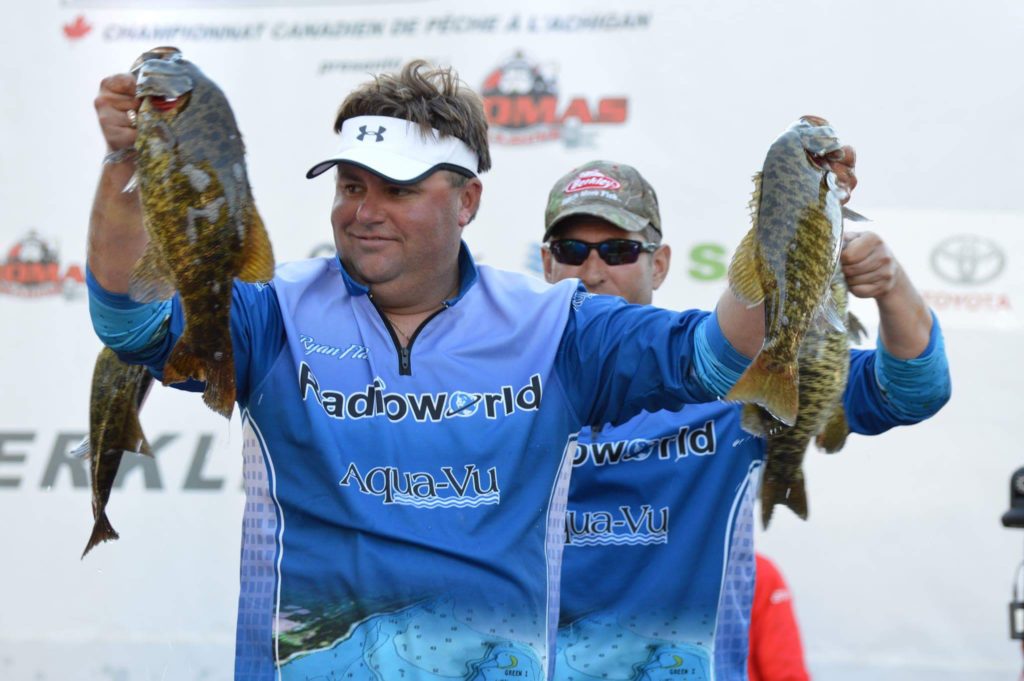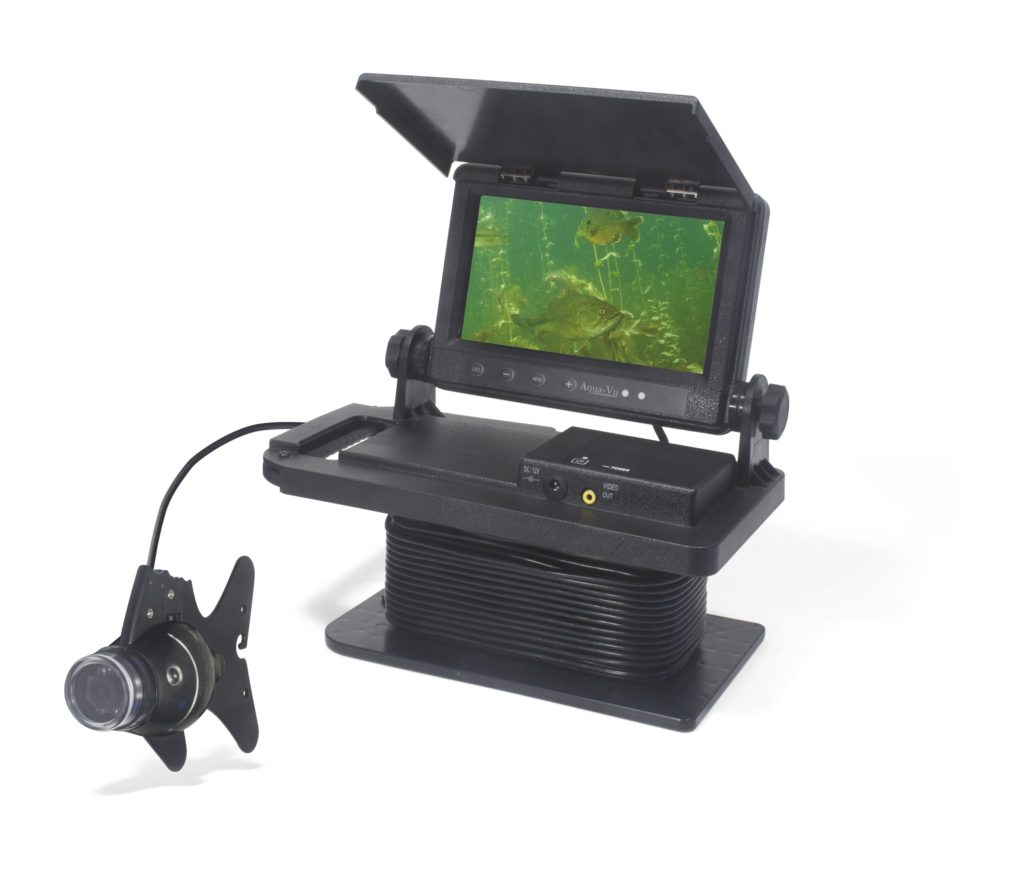Anglers say underwater scouting keyed victory at Canadian Bass Open
By Ted Pilgrim
Anyone who’s fished North America’s big bass lakes in recent seasons has seen the signs: Clearing waters. Schools of trophy smallmouths shifting deeper and deeper. Tournament game plans evolving to spot-lock, sweet-spot fests—anglers mining small, specific sections of underwater real estate.
At the recent Toyota Bassmaster Angler of the Year Championship on Mille Lacs, Minnesota—an increasingly clear mega smalljaw water—individual boulder piles in relatively deep water produced prodigious sacks of bronze bass.
Not two weeks later, at the Berkley B1 Canadian Bass Open— Canada’s premiere fishing event—Ryan Flaro and Scott Lefebvre walked away with a big victory, once again extracting big smallmouths from deep structure.
Flaro, a walleye guide by trade, has been on a roll this year, winning an FLW Pro Bass 150 event and several other tournaments around Lake St. Francis, Ontario, which forms a portion of the St. Lawrence River. Following his team’s win at the B1 Bass Open—and countless regional wins spanning several years— Flaro finally decided to divulge the secret to his fish-finding success.
“I don’t use sonar like most anglers,” Flaro admitted. “When I’m searching for fish, I use an Aqua-Vu underwater camera one-hundred percent of the time. The only thing I use my graph for is following depth contours and structure on the digital lake map. When I find an important school of fish with the camera, I drop a waypoint.
“It is absolutely the best way to locate and know you’re on tournament-winning schools of bass. A week before the Bass Open, I spent all my prefish time scouting with the Aqua-Vu. We never even fished before the tournament started. On the final prefish day, I checked on my fish with a quick drop of the camera and then headed right back to the ramp.”
Pre-tournament camera work helped Flaro and Lefebvre narrow down their strategy to five or six key spots—choice rock piles and current breaks in 20 to 40 feet of water.
“The camera gave us the confidence to park on our spots, knowing we had big bass below us. We’d spot-lock in place with the Minn Kota, and put green-goby pattern tubes and dropshot rigs in the strike zone. Every 30 to 40 minutes, we’d move on to the next school of bass and catch several more.”
As a refreshing departure from traditional pay-to-play sponsorships, Flaro and Lefebvre admitted they believe so strongly in the power of Aqua-Vu cameras, that they’ve displayed the logo on their tournament jerseys out of goodwill alone. “For the past eight years, I’ve paid for every one of the Aqua-Vu cameras I use for my guide service and tournament fishing. The customer service at this company has treated me so well. It’s the only camera brand that’s built by people who actually fish; the only one that tracks straight and stable underwater. It’s super durable, and has an intelligent sunshield that lets you see the screen in bright sun.
“People talk about trusting your electronics,” Flaro adds. “I trust my Aqua-Vu. Sonar can show fish. But the camera reveals the species and size of fish in the area. Gives me confidence and the patience to stay put. Eventually the fish always bite.”
Like other lakes throughout the U.S., Flaro says the St. Lawrence River system is clearing. “A lot of the bass in these lakes used to be on sand flats, but these shallow water fish get extraordinarily pressured. The clearer water has played a role in pushing them deeper, too.
“At a lot of these bass tournaments now, most of my friends are using an Aqua-Vu to find their fish. Anglers are learning that a camera is the absolute secret to uncovering unknown schools of big fish. It’s an overlooked technology, but one that’s given me a ton of fun and fishing success.”
